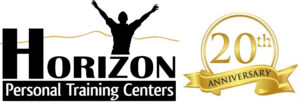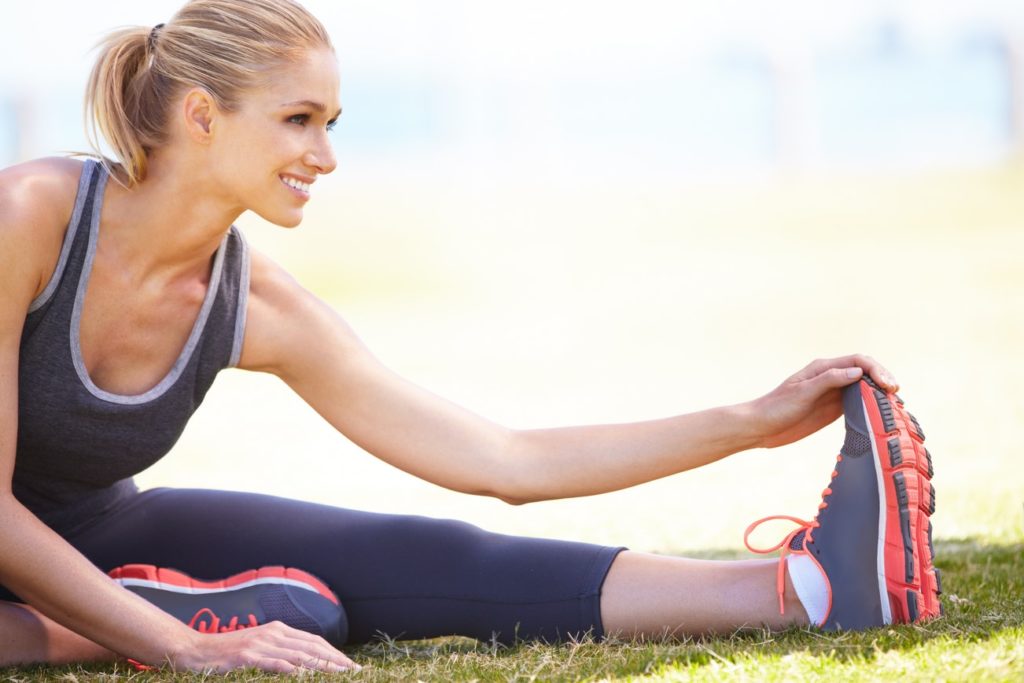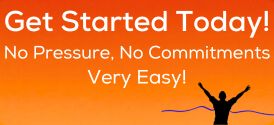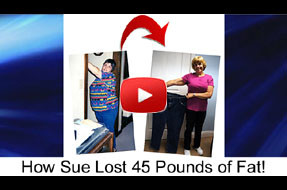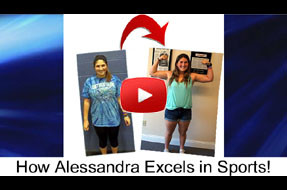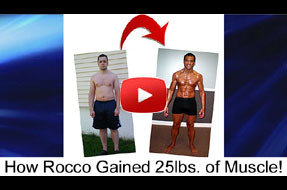Stretching—Understanding it and the Importance of It!
By Vince N.
Back in 2012, when I was pretty much new to the weight lifting scene, I really did not understand the importance of stretching. I was not even sure when to stretch! Should I stretch before I work out? Should it be after? Does stretching even provide you any benefits? I would always ask the people I networked with about stretching, but I would often get different answers and alternating opinions about it.
Now that I have my practitioner’s license, my training certification, and with my strong science background, I have found the answer with a reasonable explanation behind it! Through my studying of Kinesiology—the study of movement—I have learned that there are actually two types of stretches: Dynamic Stretching and Static Stretching.
Although Dynamic Stretching has the word “stretch” in its title, you can actually consider these movements more along the lines of mobilization work, also known as “the Warm Up.” Dynamic Stretching allows the body to properly warm up, causing increased blood circulation, maximizing central nervous system activity and potentially boosting range of motion. Dynamic Stretching involves movement-based stretching, like body weight lunges, trunk rotations, jumping rope, jogging, and other low impact or light effort exercise. These are usually recommended before any type of workout. Thus, Dynamic Stretching should be done before a workout.
As for Static Stretching, typically this should be done after a workout. This is what you probably did back in grade school gym class, elongating a muscle and holding it for 10 to 20 seconds. The goals of static stretching are to release tension, making muscles more pliable and malleable and less susceptible to injuries. All soft tissue—including muscles, tendons and fascia—are more extensible when they are warm. We can think of it in terms of the concept of blacksmithing. When a blacksmith works on something like a horseshoe—and the horseshoe is hot—it can be stretched and manipulated. But when the horseshoe is cooled, it becomes rigid and inflexible. The same laws apply to muscles. It is important to remember that Static Stretching is ineffective if it is performed when the body is cold, and will always be more effective when the muscle tissue is warmed up.
Static Stretching should be a part of everyone’s well-balanced workout routine; it should be given the same importance as strength and cardiovascular training. Why? Because stretching definitely has its benefits. One of the foremost advantages of stretching is the increased and enhanced flexibility. Stretching helps constricted and contracted muscles release back to the more comfortable state, and the body will eventually become more flexible, which will ultimately help to prevent bodily injuries.
Stretching also promotes the muscle to recover and repair. The circulation of blood to the muscles is once again resumed with stretching. This will then allow the heart rate to return to its original resting rate. Muscles that have not been stretched tend to remain constricted, which then prevents one from using those muscles to their full capacity.
If you stretch after a workout, you will be able to utilize the same muscles with a greater range of motion.
Vince N.
Vince grew up very focused on his education, but not knowing what he wanted to do as a career choice. He did know that he wanted to choose a career setting that affiliated all the things he loves: Science, Sports and his passion to help others.
Vince attended the Connecticut Center for Massage Therapy, focusing on Manual Sports Therapy for athletes and bodybuilders. After 750 hours of education and clinicals, he received his diploma, and earned his practitioner license through the state of Connecticut.
He worked alongside a Personal Trainer, treating various types of athletes including—but not limited to—hockey players, tennis players, weightlifters, bodybuilders and physique competitors. With his experience and love for Anatomy and Physiology, Kinesiology and client education, Vince was then inspired to take his career to another level by becoming a Personal Trainer.
“My goal is to help everyone I can love themselves for who they are, both mentally and physically. With constant push, non-stop motivation and some client education, anyone can become the best version of themselves.”
